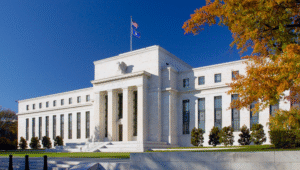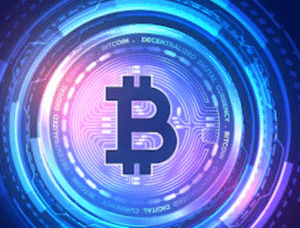$AAPL $V $PYPL
#MarginsExpansion #ConsumerCredit #EarningsSeason #InterestRates #PersonalFinance #StockMarket #Inflation #CreditCards #EconomicGrowth #Investing #DebitTrends #FinancialAnalysis
Can margins expand even more? This question has taken on increasing urgency in recent months as companies grapple with macroeconomic headwinds and shifting consumer behavior. Corporate profit margins have been unusually resilient, often defying expectations amid rising input costs and fears of a slowdown. For example, strong pricing power, operational efficiency, and technology-led productivity gains have enabled many companies to maintain or even enhance their margins. This has been particularly evident in sectors such as technology and consumer discretionary, where demand elasticity plays a lesser role. However, cracks may be forming as inflation moderates and competitive pressures mount, forcing companies to reconsider whether current margin levels are truly sustainable.
One critical underpinning of these robust margins has been the availability and growing use of consumer credit. With the Federal Reserve holding interest rates at significantly elevated levels, borrowing costs are rising for both individuals and corporations. Despite this, consumers have continued to lean heavily on credit cards and personal loans to finance their spending, propping up demand for goods and services. According to recent data, revolving credit balances have hit all-time highs, underscoring a shift in financial behavior. For businesses, this has been a double-edged sword. On one hand, elevated consumer spending supports top-line revenue growth. On the other, higher interest rates could dampen future purchasing power, raising the question of whether this source of margin support has hit its peak.
For companies reliant on consumer credit for everyday transactions—such as those in the retail, fintech, and payment processing industries—the stakes are particularly high. Take $V and $PYPL, for instance. These firms have benefitted from rising transaction volumes and increased adoption of digital payment solutions among consumers. However, economic fragility and elevated credit risk could weigh heavily on their profitability going forward. If delinquencies rise, payment processors and lenders may need to shift strategies, scaling back riskier credit initiatives or increasing reserves to account for possible losses. This could create ripple effects in the broader financial ecosystem, dampening growth expectations and potentially recalibrating valuations in the sector.
The broader question remains: How long can consumer credit sustain current spending patterns while supporting corporate margins? The answer is likely tied closely to the ongoing trajectory of the economy. If wage growth continues to moderate or unemployment rises, existing credit-fueled spending trends may falter. Such a scenario would have broad implications for markets, particularly as investors look to justify elevated valuations in certain growth-oriented industries. It also calls into question whether businesses can find new levers—such as automation, strategic price increases, and cost-cutting measures—to offset the potential drag. In this context, margin expansion may not only become harder to achieve in the coming quarters but could also see a reversal, further challenging the narrative of resilient profits.











Comments are closed.